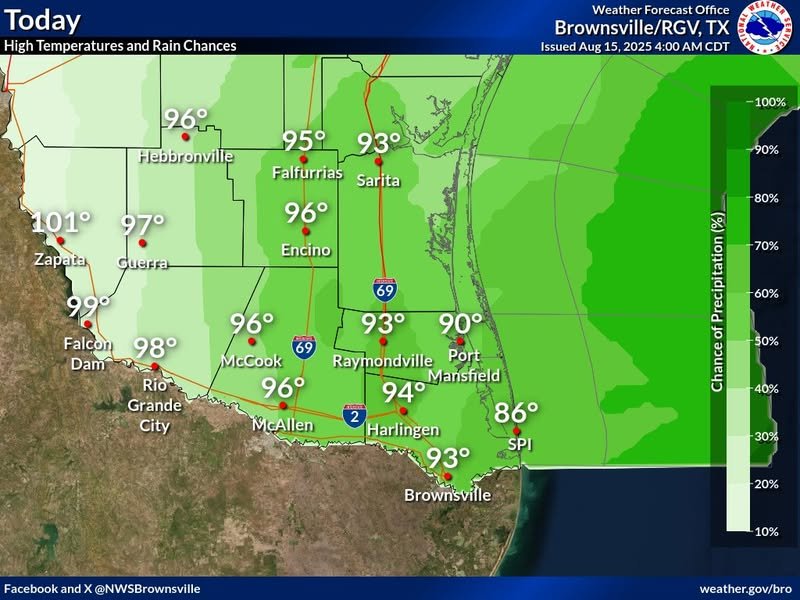Stay Safe This Season: Weather Alerts and Road Safety Tips
As we navigate through the unpredictable weather patterns this season, it’s essential to stay informed and prepared. With forecasts indicating potential rainfall and other severe weather conditions, the advice is clear: keep your umbrella handy and exercise caution when traveling.
Understanding Weather Alerts
Weather alerts are designed to keep you informed about current and impending weather conditions. These alerts can range from simple rain warnings to severe storm notifications. Understanding how to interpret these alerts can significantly enhance your safety.
Types of Weather Alerts
-
Advisories: These indicate that conditions are favorable for severe weather, such as rain or high winds. Be mindful of any advisory issued in your area.
-
Watches: A watch signifies that severe weather is possible. Stay alert for updates and make necessary preparations.
- Warnings: A warning indicates that severe weather is occurring or very likely. Take immediate precautions to safeguard yourself and your property.
For more information on interpreting weather alerts, refer to the National Weather Service.
Road Safety Tips During Inclement Weather
Driving under adverse weather conditions can dramatically increase the risk of accidents. Here are some tips to ensure safe travels:
Check the Weather Report
Before heading out, always check the weather report. If rain or storms are forecasted, consider postponing non-essential travel. For the latest updates, visit reliable platforms like Weather.com.
Maintain Your Vehicle
Proper vehicle maintenance is crucial during rainy weather. Here are essential maintenance tips:
- Wipers: Ensure wiper blades are in good condition for maximum visibility.
- Tires: Check tire pressure and tread depth to enhance grip and prevent hydroplaning. Learn more about tire safety at Tire Rack.
- Brakes: Make sure your brakes are functioning correctly, as stopping distances may increase on wet roads.
Drive with Caution
When driving in poor weather conditions, it’s essential to adjust your driving behavior:
- Reduce Speed: Slow down, particularly in heavy rain or fog. The less visibility you have, the more careful you should be.
- Increased Following Distance: Allow more space between your vehicle and the car in front of you to accommodate longer stopping distances.
- Avoid Sudden Movements: Sudden braking or sharp turns can lead to loss of control in wet conditions.
Use Headlights Wisely
Always use your headlights in rainy conditions to improve visibility for yourself and other drivers. Ensure your headlights are properly adjusted to avoid blinding oncoming traffic.
Emergency Preparedness
Despite our best efforts to avoid dangerous conditions, it’s always wise to be prepared for emergencies. Consider the following:
-
Emergency Kit: Equip your vehicle with an emergency kit that includes reflective triangles, a flashlight, water, and basic first-aid supplies.
- Stay Informed: Keep your phone charged, and download weather apps that provide real-time alerts. This allows you to navigate safely and avoid areas impacted by severe weather.
More Resources
Understanding how to stay safe during adverse weather is crucial. For detailed guides and strategies, visit SafeWise.
Conclusion
As unpredictable weather can impact our daily lives, staying informed and prepared is vital for safety. Keep your umbrella handy, exercise extra caution on the roadways, and always be prepared for whatever the skies may bring. By following these guidelines, you can ensure a safer experience during this season’s weather challenges.
For more detailed insights, visit Weather Underground. Stay safe and informed!


